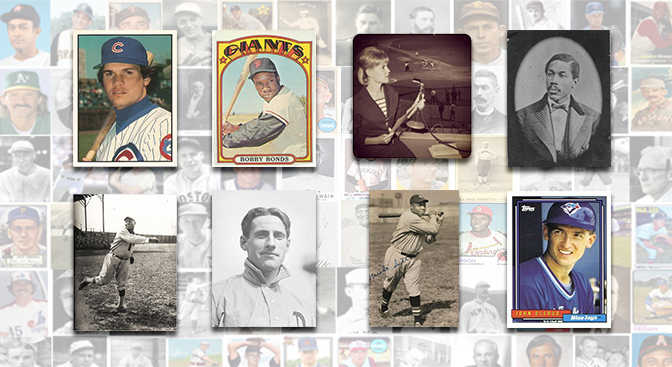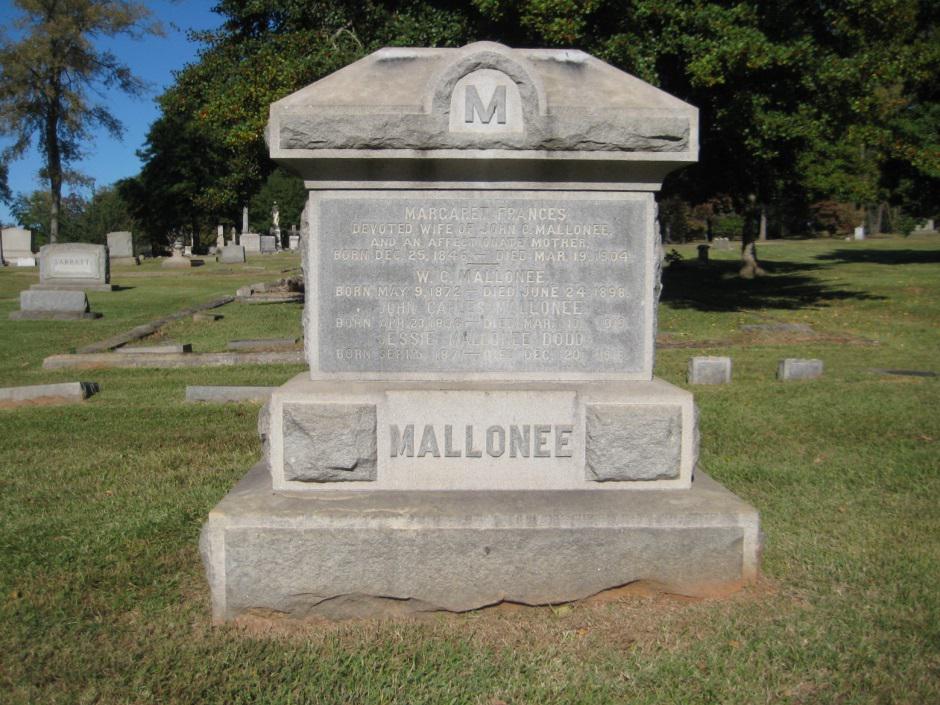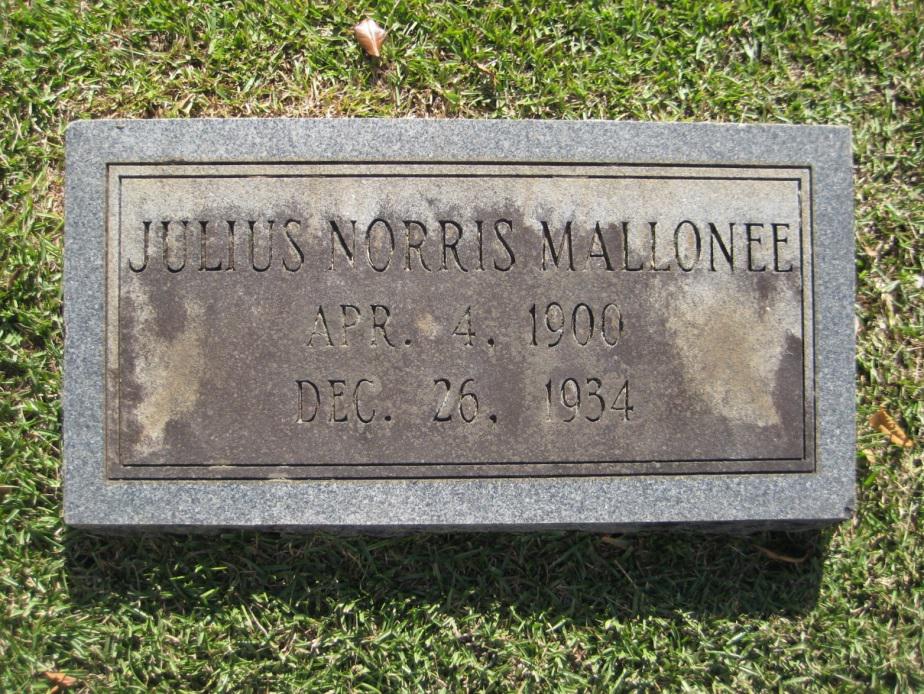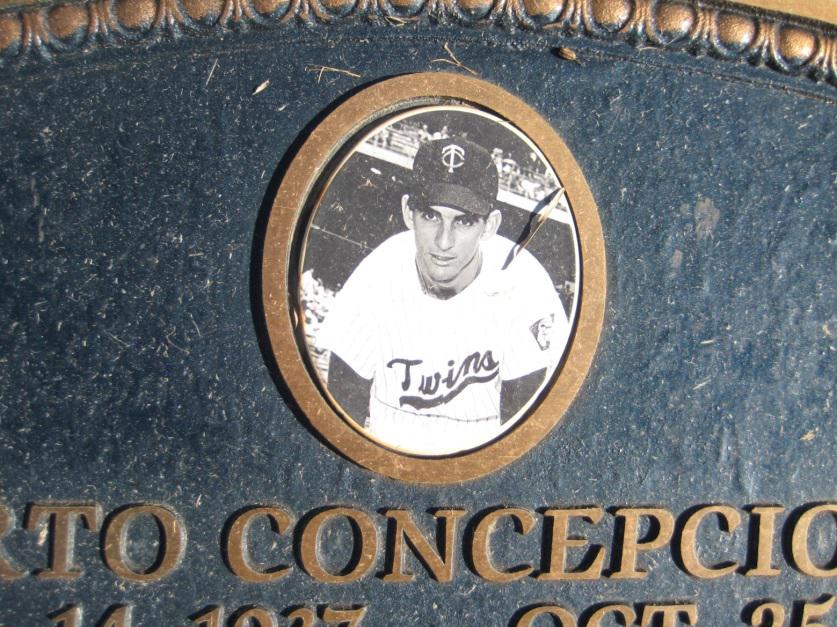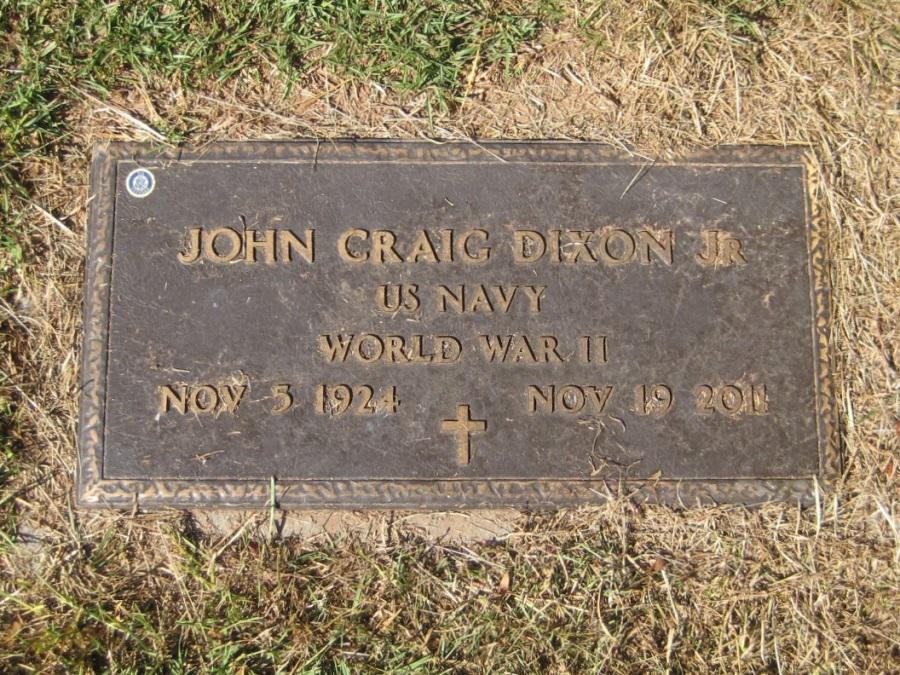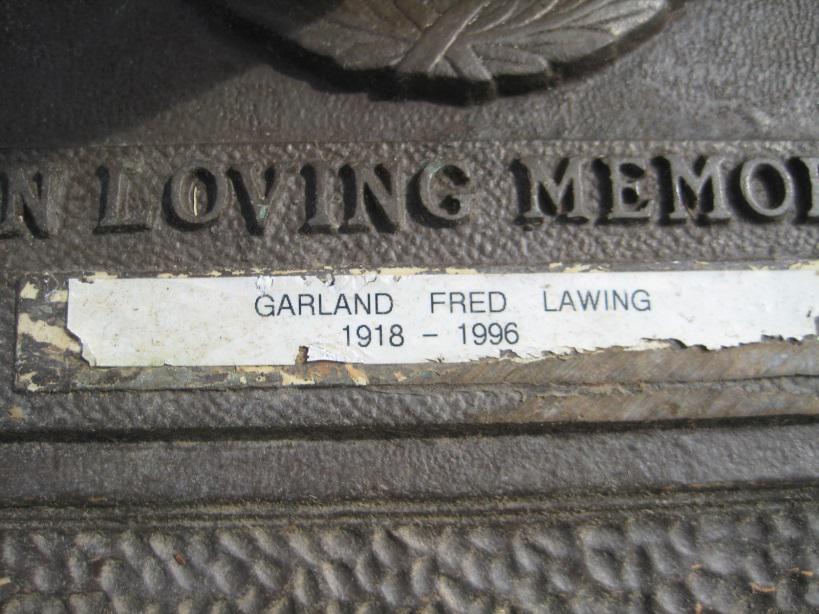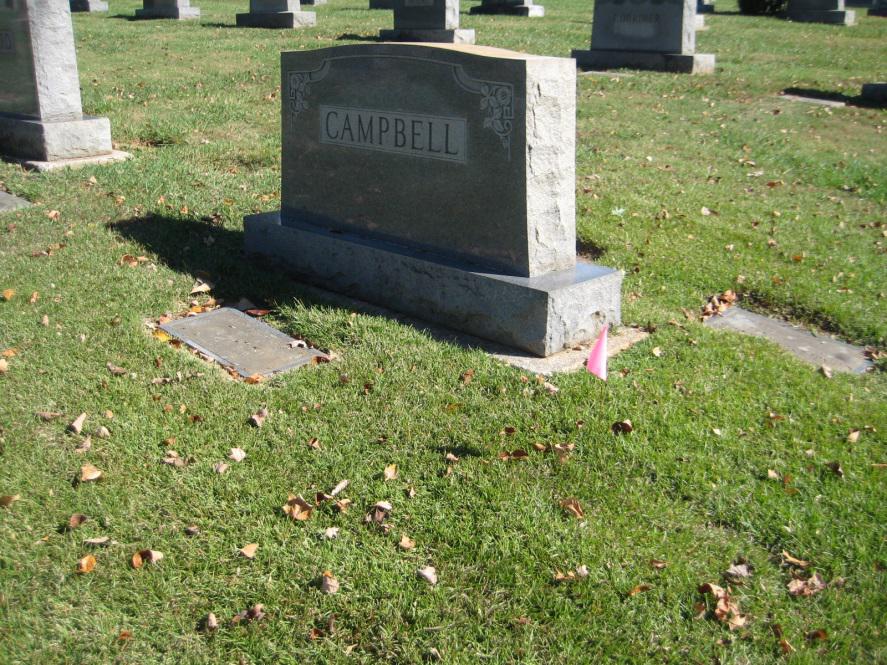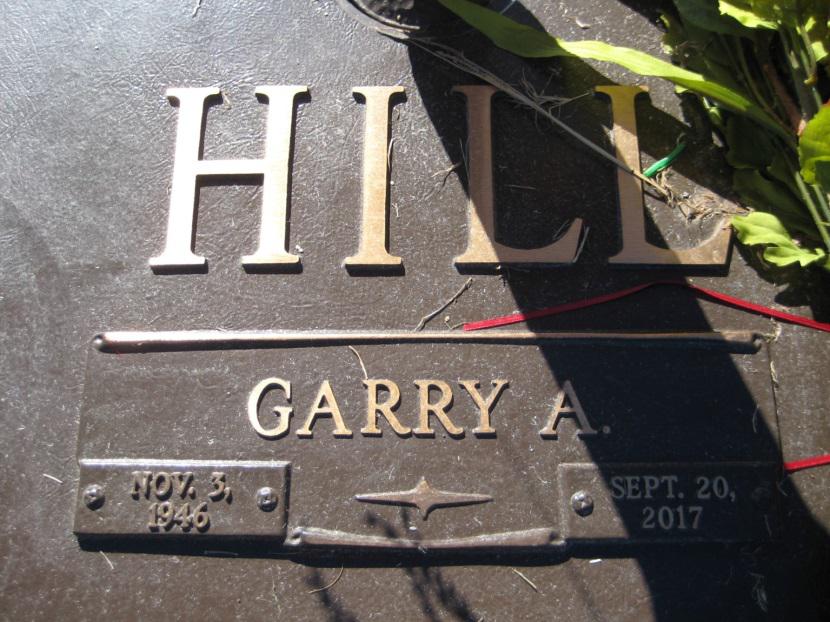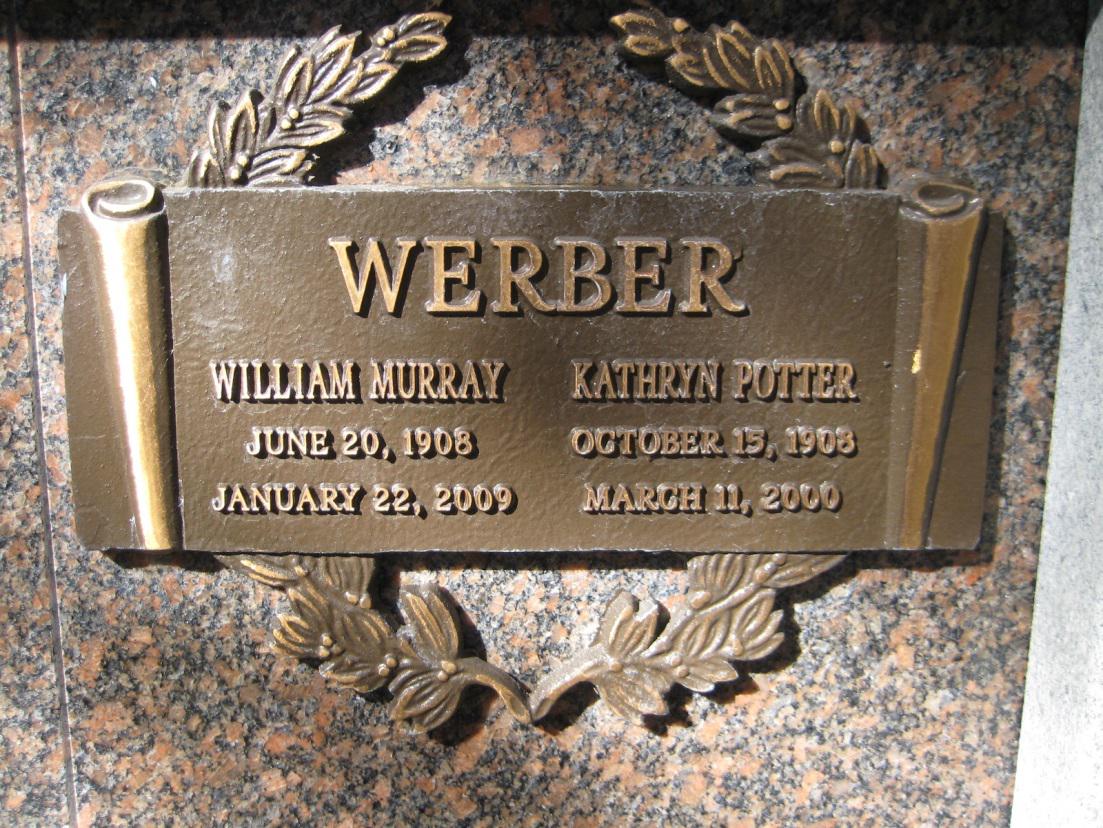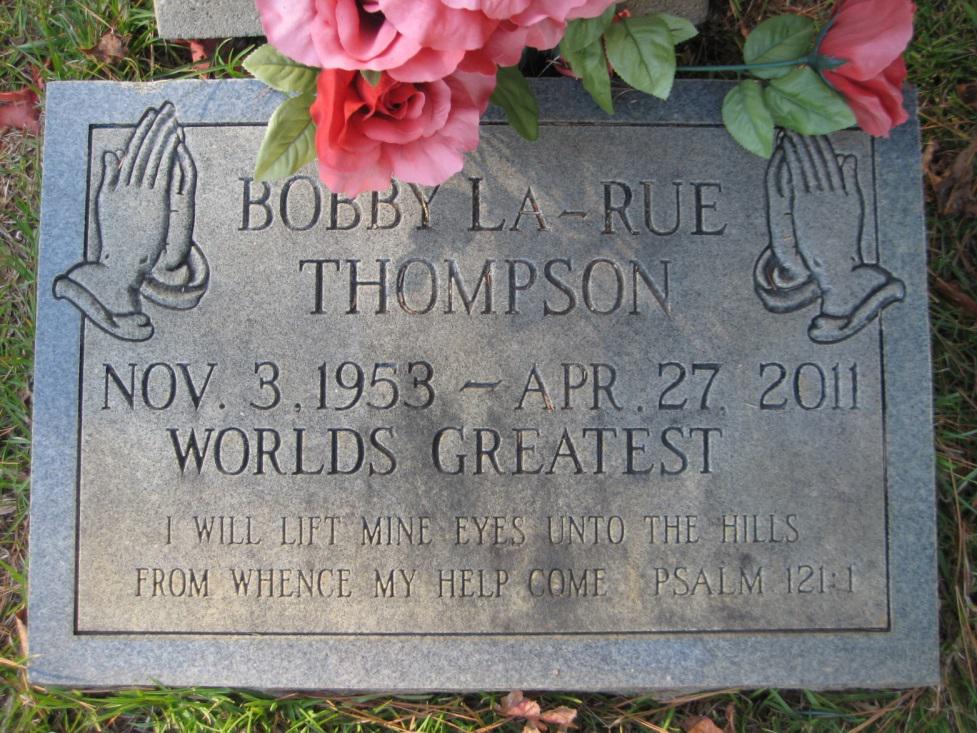SABR BioProject: November 2019 Newsletter
High and Inside
The Newsletter of the BioProject Committee
Society for American Baseball Research (SABR)
November 2019
Editor: Andrea Long
- From the Directors
- Update on BioProject Submissions
- Let’s be Sociable!
- From the Editor
- Project Poobahs
From Co-Directors, Rory Costello and Gregory H. Wolf
New Head of Fact-Checking Team
Warren Corbett recently informed us of his intention to step down from his role as head of the BioProject fact-checking team. Fortunately, we identified a qualified replacement in Chris Rainey — and Chris accepted the position, effective November 1.
Like Warren, Chris has served the BioProject in many capacities. He’s one of our most prolific authors, has been part of the fact-checking team, and has also been vetting bios since we introduced that stage of the review process earlier this year.
We thank Warren for his years of valuable service and look forward to his continued involvement with the BioProject in other ways that suit him.
You can reach Chris at chrisrai@msn.com.
In a related item, please be aware that Rory Costello’s e-mail address is roryscostello@gmail.com. (There is a rorycostello with a Gmail address — in Australia. That’s not the Rory you want.) Note the ‘s’ after rory.
Vetters still needed
Earlier this year, we introduced a new first stage in the BioProject review process: vetting.
Vetting ensures that all of SABR’s basic requirements for biographies are covered; that every biography is properly sourced and formatted, including endnotes; and that the writing is of sufficient quality.
It may overlap with copy editing, to a degree, but that is the final stage of the process and should not be the main focus in vetting. Reviewers who vet stories should take a higher-level, structural view.
A considerable number of new submissions continues to flow in, and we need to broaden the pool of qualified vetters to keep the submissions from waiting too long.
If you believe you may be qualified, let us know.
Subjects outside the major leagues
The BioProject has published the stories of various people who never played in the major leagues. These include Negro Leaguers, Cubans, and people who played in Japan, among other categories — including career minor-leaguers.
With regard to this last group, in particular, we’d like to offer a note of caution. Please recall that the BioProject’s mission statement is to write “articles on people who played or managed in the major leagues, or otherwise made a significant contribution to the sport.”
We’ve added the italics here to emphasize that if you choose a non-big-leaguer as your subject, the request for assignment may be turned down if the subject’s contribution to the sport is deemed not significant enough. It helps your case if the subject has a significant relation to the major leagues. Being famous outside baseball also works.
Lyle Spatz, who coordinates assignments, will make these judgment calls. Lyle will defer to us, if he sees the need in certain cases.
Ballpark “biographies”
The SABR Baseball Ballparks Project remains active. This is a collaboration between the BioProject Committee and the Ballparks Research Committee.
The bases that a ballpark story should cover are the same and may be found here:
SABR.org/content/writing-sabr-ballpark-biography
If you wish to write about a ballpark, the process of requesting an assignment and having the story reviewed once you’ve written it is the same as it is for the stories of people in the BioProject. Ask Lyle Spatz for the assignment and submit finished drafts to Rory Costello.
Update on BioProject Submissions
In case you missed it, the BioProject reached a milestone in September with the publication of our 5,000th biography! You can read all about it here.
SABR.org/latest/sabr-bioproject-reaches-milestone-5000th-baseball-biography
As of this newsletter, the total number of biographies in the BioProject stands at 5,020. Since the last newsletter, we’ve posted 89 new bios online, including three by first-time authors.
Don’t forget that the BioProject is active on social media where you can hug us and pat us and squeeze us and call us George. Okay, not really, but you can connect with us on Facebook and Twitter, where we regularly share all kinds of interesting things.
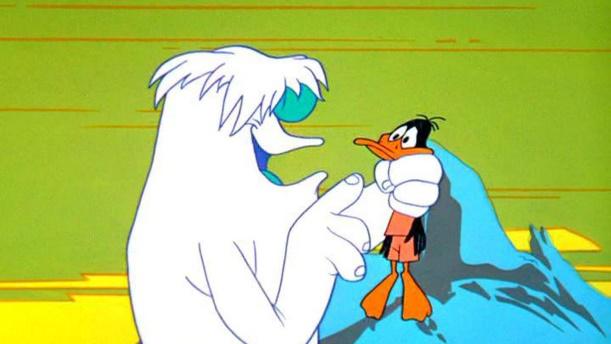
©1961 Warner Bros.
From the Editor
After the Boys of Summer Have Gone
By Andrea Long
Have you ever heard of Jule Mallonee? How about Roy Dietzel? Bull Thompson?
I hadn’t until I did some research and learned that they, along with seventeen other major leaguers, are buried in Charlotte, North Carolina, my hometown and where I still live today.
I hope you’re thinking, “Well, that’s interesting,” instead of “Well, that’s . . . random.” I admit that it may seem random, but this research had a catalyst. What started me down this path was Fred Caliguiri.
In July 2018, the Charlotte Observer wrote a story on Caliguiri who was, at that time, the oldest living former major league player. He was 99 years old, and not only had he moved to Charlotte, he was living in a retirement home exactly four miles from my house.
I knew immediately that I wanted to get in touch with him. He already had a SABR bio, and he’d just been the subject of a lengthy interview, so I didn’t need to talk with him for any specific purpose. I just wanted to meet and spend a little time with him. I mean, how often do you get a chance to chat with the oldest living former MLB player?
But how could I make this happen? Should I email the person who wrote the story? Should I call the assisted living facility? Should I try to track down his son, who also lives in Charlotte? And how could I present myself as a harmless baseball fan (which I am) and not as a creepy stalker (which I am not)?
You see where this is going, don’t you? While I was hemming and hawing, trying to figure out the best course of action, and wondering if contacting him would be an unwelcome intrusion, he died. And I had squandered my opportunity, something I still regret.
I thought the least I could do would be to pay my respects, but his services were held in Rimersburg, PA, and he is buried near Rimersburg in Knox Union Cemetery.
I don’t have the opportunity to visit his grave, but it started me thinking about other major league players who might be buried in Charlotte. Perhaps I could do for them what I’m not able to do for Caligiuri.
So, how would I find these players?
As is often the case, it was baseballreference.com to the rescue. Simply Googling “baseball players buried in NC” took me right to my answer: 212 former players are buried in my state. Clicking on the “City” column heading sorted and grouped the players by burial city and showed me that twenty players are buried here. Then, it was on to the incredibly informative (and incredibly addictive) site findagrave.com, which helped me map my route.
Charlotte is not Charleston or Savannah. We’re not known for beautiful, historical cemeteries, although we do have a few noteworthy ones. But pleasant fall weather and some rare free time provided an irresistible opportunity to go cemetery sightseeing, something I always enjoy. When I visit a cemetery of my own choosing and not because someone I love is about to become the newest resident, they are some of my favorite places. Walking around them with maps and camera in hand wasn’t a hardship.
I thought I could see all the players I wanted to see over the course of a weekend, which turned out to be a major miscalculation. I had underestimated Charlotte’s cemeteries — we do indeed have some beautiful ones, and some contain monuments that are true works of art and craftsmanship. If you hurry through them, you’re doing yourself a disservice. They invite you to linger and appreciate them, and I obliged.
In truth, I could have done my writing without leaving my computer. But even though my purpose here isn’t to tell detailed individual stories of these players, it seemed right and respectful to visit their graves. And I’m glad I did. It’s one thing to know of someone’s existence and to read about him. But standing at his grave takes him off the page and makes him a real person, especially when you take note of the family relationships. Most of the players I visited are buried next to their wives. However, Jule Mallonee, who had four plate appearances with the 1925 Chicago White Sox, is buried in a family plot, surrounded by his parents and siblings. (I spent a good twenty minutes trying to understand the connections and never could quite sort out all the Mallonees.)
I was surprised that only two of the graves I visited have markers indicating that the men memorialized on them—Orge Patterson “Pat” Cooper and Dagoberto Concepción Cueto—played baseball. (Mentions of military service are far more common, and in the case of Pat Cooper, both are indicated.)
Dagoberto Concepción Cueto caught my attention, not only for his marker but for his wife’s as well. She preceded him in death by three years, and their markers are testaments of love for their family and for each other. The last line of her marker reads “I love you forever” (in Spanish) and has his signature next to it.
I also learned that Concepción was a popular figure at the cemetery. Until the day of his own death from a heart attack, he visited his wife’s grave every afternoon. The groundskeepers, who had grown fond of this kind, friendly man, noticed his absence that day and were concerned about him when he failed to show up.
Pitcher Sonny Dixon, who spent time with four teams in the 1950s, is buried in a cemetery dating to 1763. It’s a lovely place that in recent years has collided with Charlotte’s constant growth. The adjacent and equally beautiful church was recently sold to make way for the expansion of Charlotte Douglas International Airport. The congregants have moved to a new location, but the church continues to own and care for the cemetery, which is not in the expansion path. Sonny, and his 3,000 neighbors, will remain undisturbed.
My halfhearted attempts at writerly detachment gave way to genuine sadness at the grave of Garland Frederick Lawing—a grave I most likely wouldn’t have found without the help of a groundskeeper. A New York Giant for eight games and a Cincinnati Red for two, he was buried in 1996 and still has only a temporary marker. For reasons I’ll never be privy to, his family did not follow through with a permanent one. (I was surprised to learn that this is a more common occurrence than you might think.)
Paul Campbell, who had a nine-year career with Boston and Detroit, presented a challenge that turned me into a genealogy/cemetery sleuth. I found the Campbell family headstone with his parents on one side, his wife, Mary Ellen, on the other, and no Paul. Then, after some digging (metaphorical, not literal), I learned he had remarried. His second wife, Lillian, is not in the family plot. She’s in the same cemetery, entombed in one of the mausoleums. Unable to suppress my curiosity, I made another trip to the cemetery, this time to visit the mausoleums, where I found Lillian and . . . still no Paul.
Cemetery records indicate that he is buried in the family plot, which means that, like his contemporary Garland Lawing, he is without a marker.
I visited the grave of Garry Hill, a first-round draft pick out of UNC-Chapel Hill and a cup of coffee player, if ever there was one. He pitched 2.1 innings for Atlanta on June 12, 1969, giving up six hits and four earned runs and striking out two. However, the brevity of his major league tenure did not dim his love for the game. After retiring from a long career in sales, he and his sons owned and operated On Deck Baseball/Softball Skill Development Academy in Charlotte.
Billy Werber is the only one of my Charlotte players whose remains are held in a columbarium. Werber is especially significant because until his death, six months shy of his 101st birthday, he was the oldest living major league player at that time. (Interesting that Charlotte has twice had this distinction.) He was also the last living former teammate of Babe Ruth.
My last stop was the grave of Bobby LaRue “Bull” Thompson, who served as a back-up outfielder for the 1978 Texas Rangers. He was the first black player born in Charlotte to make it to the major leagues and, to date, is one of only five black MLB players who are native Charlotteans.
In the end, where did all this cemetery roaming leave me? What does one take away from spending time at the graves of strangers? For me, it’s meaningful to know that my interest in something — in this case, baseball — took me to graves that might not get many visitors otherwise. Jule Mallonee died in 1934, Brooklyn Dodger Jimmy Jordan died in 1957, and “Happy Jack” Cameron, a 1906 Boston Beaneater and the only Canadian in my group, died in 1963. It’s hard to know if these men still have family in the area, and I can’t help but wonder if anyone visits their graves.
Writing this story also led me to learn more about these players by reading their BioProject biographies (which sometimes explained how they wound up in my hometown) and by studying their stats on Baseball-Reference.com. I carried a binder of information with me and reacquainted myself with each player at his grave.
Finally, an unexpected gift of this journey was the living people I encountered. I can’t overstate their kindness and willingness to assist me with my research. I was overwhelmed by their generosity and helpfulness and was truly glad to have met them.
Readers, I’m interested in knowing if you’ve done a “cemetery tour” in your city? If so, what motivated you to do it? How did it turn out? I’d love to hear about your experience.
I visited the graves of these players:
Forest Lawn West
- Jimmy Jordan (Brooklyn Dodgers 1933-36)
- Roy Dietzel (Washington Senators 1954)
- Jack Cameron (Boston Beaneaters 1906)
- Paul Campbell (Boston Red Sox, Detroit Tigers 1941-50)
Magnolia Memorial Gardens-Calvary Church
- Jim Burton (Boston Red Sox 1975-77)
Steele Creek Presbyterian Church
- Sonny Dixon (Washington Senators, Philadelphia Athletics, Kansas City Athletics, New York Yankees 1953-56)
Evergreen
- Jim Hopper (Pittsburgh Pirates 1946)
- Mike Garbark (New York Yankees 1944-45)
Elmwood
- Jule Mallonee (Chicago White Sox 1925)
Sharon Memorial Park
- Ben Paschal (Cleveland Indians, Boston Red Sox, New York Yankees 1915-29)
- Bob Porterfield (New York Yankees, Washington Senators, Boston Red Sox, Pittsburgh Pirates, Chicago Cubs 1948-59)
- Billy Werber (New York Yankees, Boston Red Sox, Philadelphia Athletics, Cincinnati Reds, New York Giants 1930-42)
- Gerard “Nig” Lipscomb (St. Louis Browns 1937)
- Garland Lawing (Cincinnati Reds, New York Giants 1946)
- Garry Hill (Atlanta Braves 1969)
- Dagoberto Concepción Cueto (Minnesota Twins 1961)
- Pat Cooper (Philadelphia Athletics 1946-47)
- Bill Harris (Cincinnati Reds, Pittsburgh Pirates, Boston Red Sox 1923-38)
Woodland Presbyterian Church
- Bobby “Bull” Thompson (Texas Rangers 1978)
Sources:
Biographical data, statistics, and anecdotal information were drawn from SABR, Wikipedia, findagrave.com, baseballreference.com, obituaries, and correspondence with cemetery staff.
Acknowledgements:
Some of these cemeteries have thousands of graves. I’m very grateful to the following people who helped me plan my visits by talking and emailing with me, by providing detailed information and maps, and, in some cases, by marking graves with a small flag in advance of my visit. In every case, thanks to their help, I was able to locate my players with minimal searching.
- Robert Reid — Steele Creek Presbyterian Church
- Cindy Wright and Jordan Crumbley — Sharon Memorial Park
- Ida Harlson — City of Charlotte Cemeteries (Evergreen, Elmwood)
- Paul Hundrieser — Magnolia Memorial Gardens-Calvary Church
- Shelly Maxton — Forest Lawn West
Thanks also to my pal Crystal Dempsey who was my cheerful and equally curious companion and navigator for the last day of my cemetery tour.
As always, your comments, ideas, contributions, and suggestions for this newsletter are most welcome. I’d love to hear from you!
Wishing you all a happy holiday season! We’ll see in you 2020!
- Rory Costello (Co-Director, Chief Editor)
- Gregory H. Wolf (Co-Director)
- Len Levin (Senior Editor)
- Chris Rainey (Chief Fact Checker)
- Bill Nowlin (Team Projects)
- Lyle Spatz (Assignments)
- Emily Hawks (Modern Initiative – 1980s/1990s)




